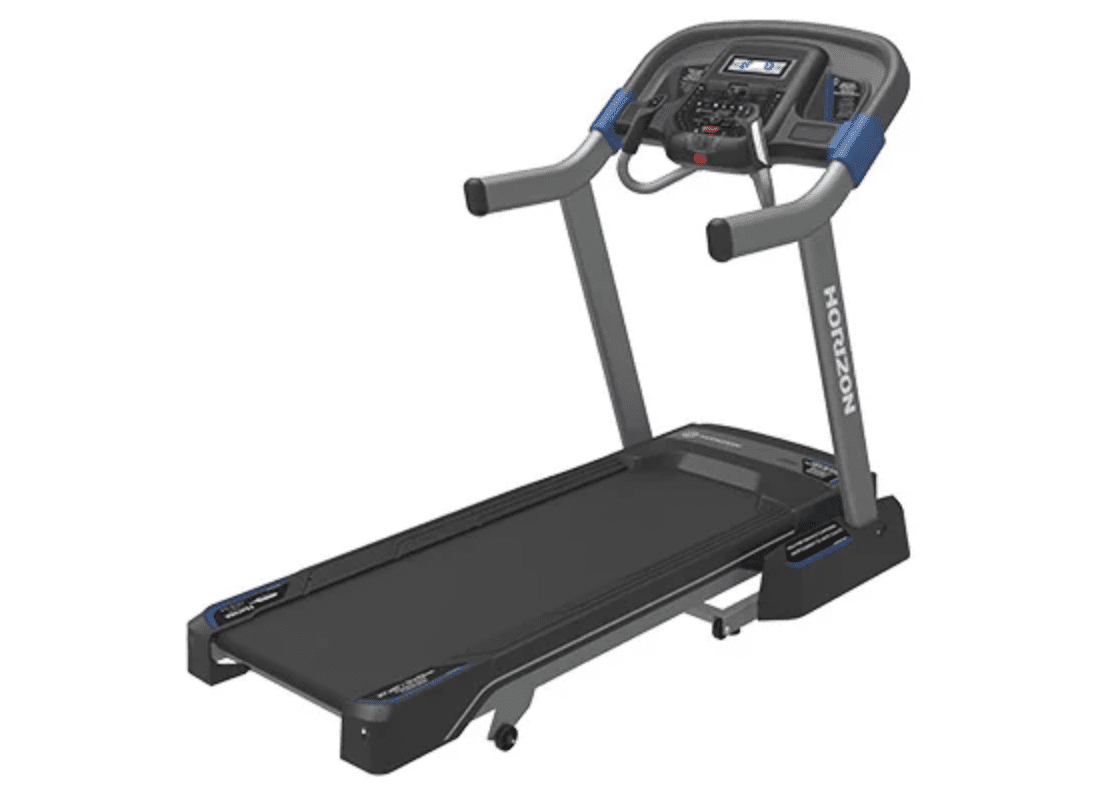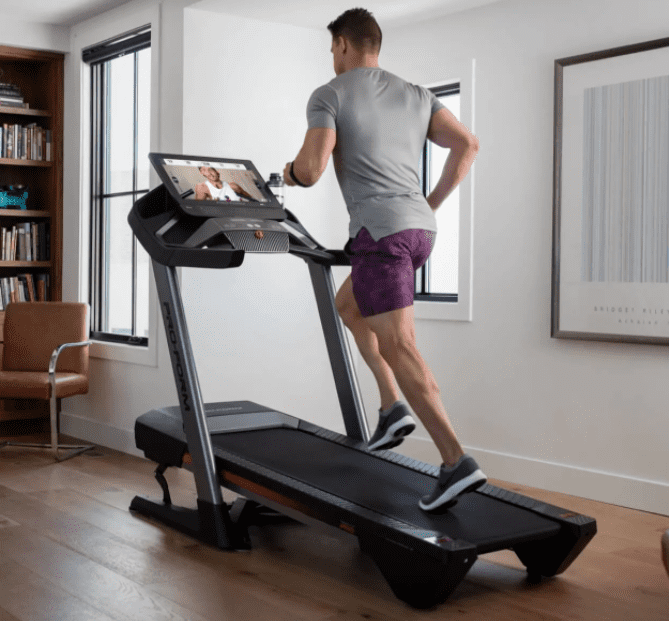Should You Start Training For A 5K Today?
These days, it seems everyone is training for either a half marathon or full marathon. We see 13.1 and 26.2 stickers gracing the bumpers of cars on the highway. And social media is full of triumphant photos of your friends crossing finish lines – hands in the air and smiling exhaustion painted on their faces.

It seems like the thing to do. But maybe there’s a better race out there?
Now, don’t get us wrong here. The half marathon and marathon are great races to try. It is extremely rewarding to achieve such a big goal.
But you don’t need to be working towards these particular distances just to earn membership to the cool kids running club. In fact, the 5K – just 3.1 miles – has a lot of really great perks.
So, open your mind. And let’s look at some of the reasons why your next race should be that little gem… a 5K.
Benefits of Running a 5K
Less Time Commitment – We know you have a busy schedule and you might not always have as much time as you’d like for your workouts. Thankfully, training for a 5K doesn’t require the time commitment you really need for a longer race. This makes your goal more attainable from the get-go.

Race More Often – Since a 5K isn’t as strenuous as a marathon, you can be ready to race more often.
Janet Hamilton, C.S.C.S., and owner of Atlanta-based Running Strong, puts it in perspective. “You can probably race one (5K) every month. If you want to race a marathon, I would limit it to two per year,” she explains.
You may also find that there are simply more of these races going on than you realized. Look online for 5K’s in your area and see what you need to do to join.
This is also the preferred distance for most fundraising runs, so you can be contributing to a worthy cause while reaching your personal goals at the same time.
More Accessible – Let’s just be honest, that 23.1 mile difference between a marathon and a 5K is not small.
Not only is the 5K more physically accessible, it’s easier to wrap your head around, and never underestimate the mental aspect of any race.
If you are new to running and start to get tired just into mile 2, it’s easier to push yourself to finish one more mile than to try and keep that motivation going for 24 more.
Less Strain On Your Body – The longer the distance the tougher it is on your body, period. This is why the 5K is so perfect.
This is a factor during both training and the race itself. Since you will be logging fewer training miles per week for a 5k, you will be putting less strain on your body throughout the entire process.
A Challenge for All – So we’ve touched a little on why a 5K is a great option mentally and physically for runners who may not be as experienced with longer races, or racing in general. But this doesn’t mean it’s not also great for those of you with training and experience on your side.
Just because a 5K is shorter doesn’t mean it has to be an easy run. Because of the short distance, you can really focus on your speed.
If you know you have the stamina, focus on reaching a new personal best time. The short distance will work to your advantage because you will need to be giving your all the whole time in order to make a new record for yourself. There’s no time for taking it easy!
Tips for 5K Success
Planning – When you decide you want to run a 5K the first thing you need to do is get your schedule ready. You will want to plan between 8 and 10 weeks of training for solid preparation.

Going into your training with a set plan will keep you on track and able to see your progress. Plus, having a plan helps you motivated, which is just as important during training as it is during the race.
Variety – Believe it or not, the training for your 5K needs to consist of more than just putting on your shoes and running as far as you can before you stop. You need to incorporate a variety of workouts into your schedule to get the most benefits.
Speedwork – These shorter sprint-based workouts will build your speed so you can see those mile times drop.
Tempo runs: This type of run will help you build your endurance. Here is an example of a classic tempo run:
3 min walking warm-up
10 min jog
20-30 min at tempo pace. This is a challenging pace, but not a sprint. You shouldn’t be putting in all of your effort, but carrying on a conversation won’t be an option.
10 min jog
3 min walking cool down.
Long Runs: For a 5K, these days will consist of going for an hour long run. This won’t necessarily be your starting point, but this is what you will want to build up to over the course of your training.
Cross Training: Training to be a runner isn’t just about running. Cross training will help you build your muscles to protect from and prevent injury when you are out logging those miles. If you find the idea of weight lifting to be a little intimidating, remember that these simple bodyweight exercises are a great option for runners.
Don’t Forget Your Equipment – While you don’t need much to go for a run, you do need shoes…and they are super important. A good pair of shoes don’t just protect your feet from sharp rocks and the elements. Proper shoes provide stability, support and cushion. All of these factors work together to prevent injury, stress and strain on your body.

Get A Little Help – You don’t need to be a pro to come up with a running plan that will have you ready for race day, there are apps to do it for you. Find the running app that’s right for you and take the guesswork out of your training.
Don’t Let Anything Stop You – A huge part of reaching any goal is consistency. Running outdoors puts you at the mercy of the elements, but you can take matters into your own hands. Using an in-home treadmill will mean that neither rain, wind or heat can stop you from crossing that finish line.
Sources:
We Don’t Give the 5K Enough Credit—But It’s an Awesome Distance. Danielle Zickl; 2018
The Best Bodyweight Exercises You Can Do Anywhere. Mallory Crevling; 2019




